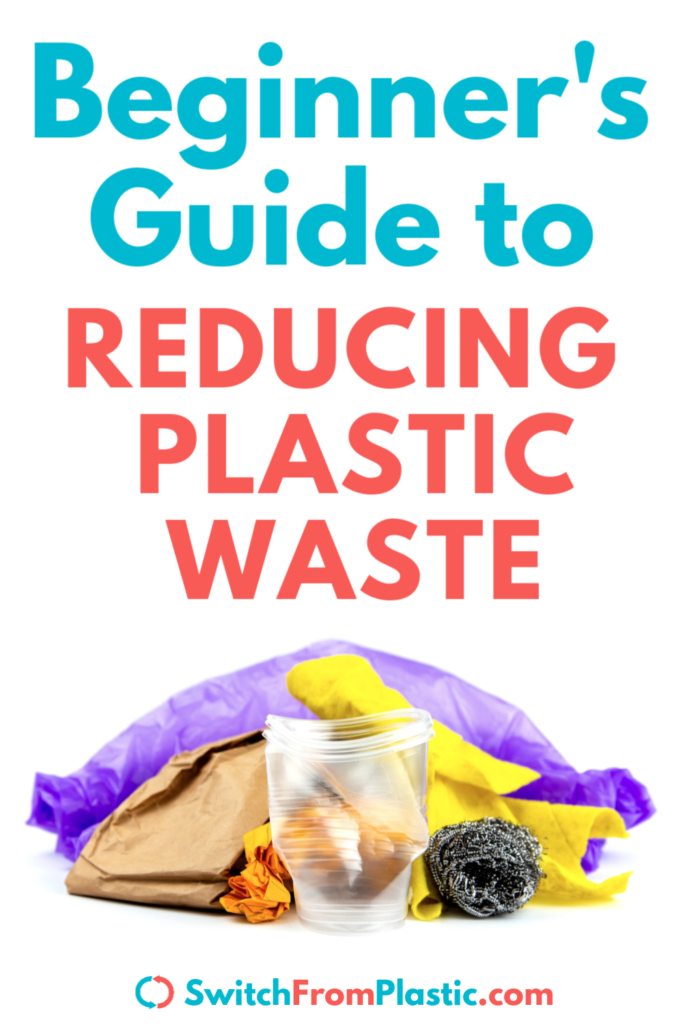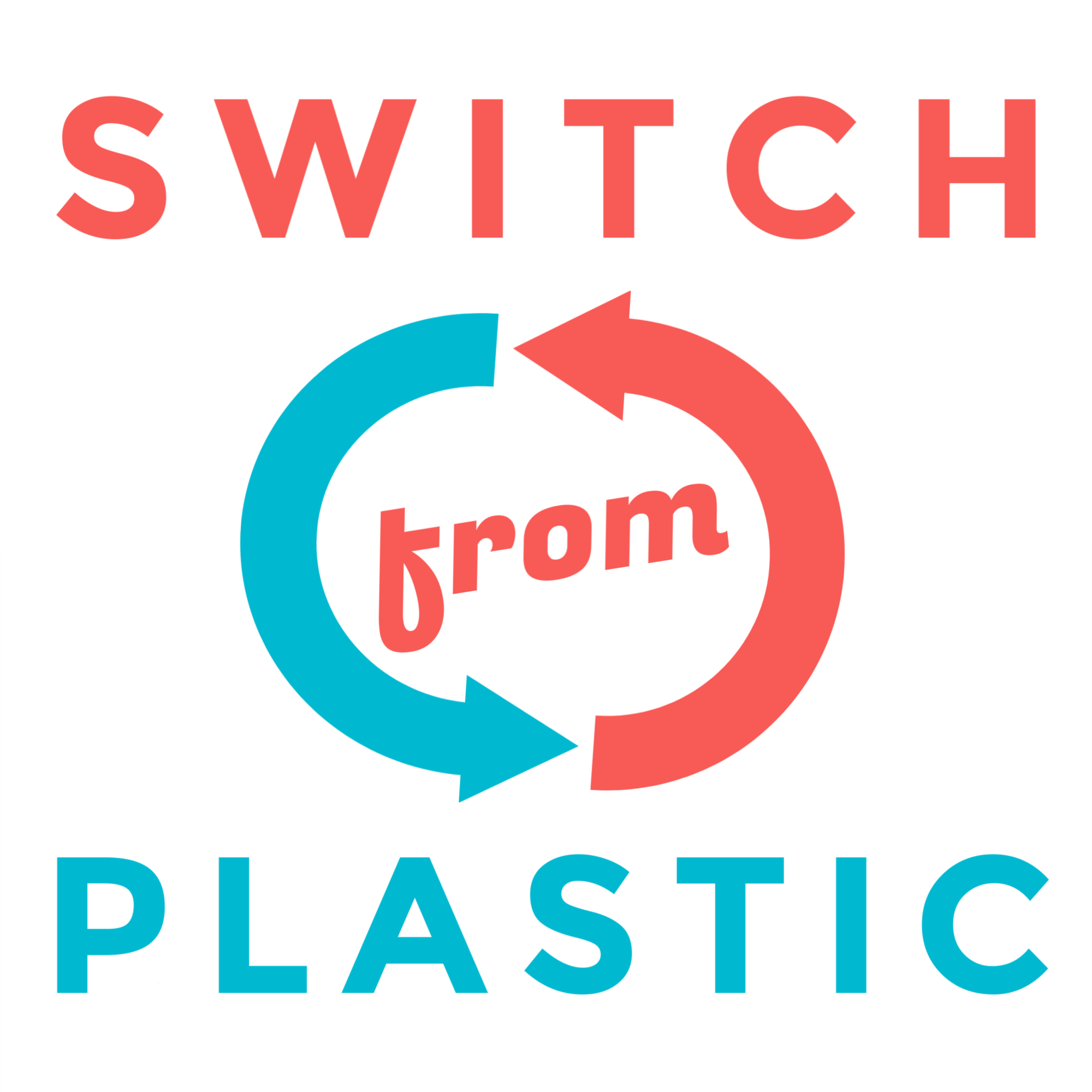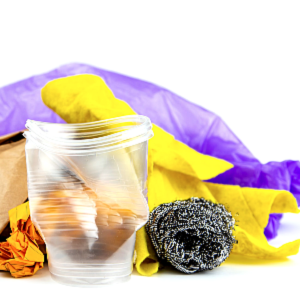If you’re ready to start reducing the plastic waste in your home, figuring out where to actually begin can be tricky.
The actual changes that you can make are pretty simple. It’s as easy as realizing an item is a single use plastic, then find a more sustainable replacement.
Sounds like a no-brainer, but the truth is that the world around us makes it a little more complicated. Practically everything is made of—or comes packaged in—plastic.
I know that learning how to reduce plastic use at home CAN be done; I’ve been doing it for months now. It’s a process that takes some time, but I promise that you’ll feel like a rock star every time you refuse single use plastic or choose plastic-free items.
Here are my three steps for trying to use less plastic, along with a list of simple swaps you can make along the way.
STEP 1: FIND OUT WHAT YOUR LOCAL RECYCLING PROGRAM ACCEPTS
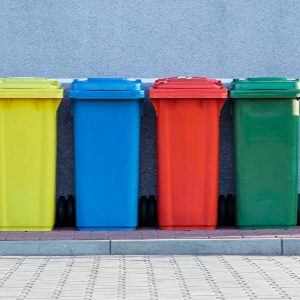
Yes, we’re trying to use LESS plastic. Maybe even go plastic-free. So why start with recycling?
I recommend this as the first step because you’re absolutely, 100% going to run into situations where you cannot avoid plastic. Especially because you’re just starting out.
So, get responsible about the plastic you ARE using.
You might be surprised to find out that a lot of things you’ve been putting in your recycle bin (and thought were being recycled) aren’t accepted by your local recycling program.
Hop online and do a search for your town’s name and “recycling program” (you might try “solid waste” or “public works”, too).
Read the rules carefully, and print out cheat sheets for yourself and other household members if necessary. Don’t assume that just because there’s a recycle symbol and number on an item (plastic or otherwise), that it will be recycled.
STEP 2: DO A PLASTIC HOME AUDIT

Taking stock of the plastic that’s already in your home is going to help you make different, plastic-free choices down the road.
You want to go from room to room, looking at the single-use (aka “disposable”) items on counter tops, in drawers and cabinets, and even in closets and pantries.
Bathrooms, kitchens, supply closets, laundry rooms, and offices are the big culprits for single use plastic.
If you’re having trouble identifying plastic, try this: go into a room and do a pretend run-through of your usual routine.
In the kitchen, pretend to be making coffee and lunches in the morning. What plastic do you encounter? Do the same with your morning or nighttime routines in the bathroom.
I highly recommend writing down all the single use plastic items you find, to help you remember when it comes time to make changes to sustainable products in the future.
A plastic home audit is eye-opening, and even a little overwhelming, but stick with it.
STEP 3: MAKE SWAPS TO LESS-PLASTIC VERSIONS AS NECESSARY
When I talk to people about how to use less plastic, I can often sense their overwhelm and frustration. Actually, I don’t have to sense it; they usually blurt it out!
Like me, these people have really “caught the bug”. They’re ready to go all-in on reducing plastic waste. But this can get expensive and often causes people to give up on the whole switching from plastic journey.
This is why I recommend ONLY making switches from plastic to more sustainable options as you use up the items you have in your house.
Only buy or make the plastic-free version when your current version has run out.
If you have already bought shampoo in bulk because it was on sale, and you have three unopened bottles in the linen closet, use those bottles up! Don’t waste them (and be sure to recycle them properly when used up).
It might be another six months before you can even consider switching to plastic-free shampoo alternatives, but that’s life!
Don’t go crazy trying to swap out all of the single use plastic at once. (Besides going crazy, you’ll go broke!) You can also try focusing on switching to plastic-free versions one room at a time.
Once you’ve identified which plastics you’re going to focus on reducing, you can use the below lists of plastic-free alternatives to guide you to the best solutions.
Every little change will make a difference. If you do just one thing from each of the lists below, you’ll start to see a big difference in how much plastic you’re sending to the curb each week.
HOW TO REDUCE PLASTIC WHEN FOOD SHOPPING
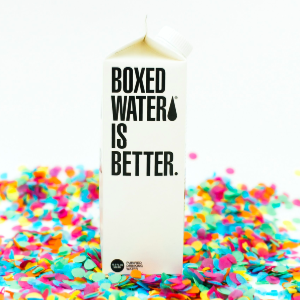
- Carry plenty of reusable shopping bags with you
- Refuse to use plastic produce bags; use mesh bags or no bags at all
- Buy milk & juice in cardboard cartons or Tetra Paks
- Buy “boxed water” instead of bottled water (it’s available in most stores these days)
- Bring your own containers & shop the bulk bins for grains, nuts, seeds, granola, etc.
- Buy spices in the bulk aisle (I clean and reuse small plastic take-out soup containers for this)
- Bring your own containers for deli items & meat from the butcher
- Shop your local farmers market, where you can return plastic containers the next week
- If you must buy plastic (for yogurt, peanut butter), purchase the largest size possible (it’s usually cheaper per ounce or unit, too)
- Ask Customer Service or the store manager if there are non-plastic options you don’t know about (and ask them to carry more!)
- Avoid buying cases of items (bottles, cans, paper towels) wrapped in plastic (recycle it properly if you can’t avoid it)
If you’ve never carried your own containers to the store before, you might feel awkward and like everyone’s staring at you. This is probably how you felt the first time you brought your reusable bags, which is totally normal now. Consider yourself a trendsetter.
RELATED: Here’s How to Never Forget Your Reusable Shopping Bags
HOW TO REDUCE PLASTIC WHEN EATING OUT OR ORDERING FOOD

When dining out or ordering take out/delivery, I live by these two words: ASK and REFUSE.
Refuse plastic (be prepared with your own plastic-free solution) and simply ask if they’ve got other options. I never hurts to ask, so don’t be afraid to do it!
- Ask for a ceramic mug when eating “in” at coffee shops
- Bring your own reusable mug or cup and ask them to fill it
- Refuse plastic (or Styrofoam) carry out containers whenever possible
- Ask if metal utensils are available for dining in
- Carry plastic-free utensils with you
- Carry your own reusable drinking straw
- When ordering, clearly state that you do not need a plastic lid on paper cups
- When using an app to order delivery, use the “Special Instructions” field to request no plastic utensils and paper containers instead of plastic or styrofoam
HOW TO REDUCE PLASTIC USE WHEN CLEANING
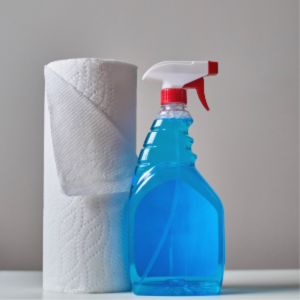
- Buy refill liquids in cardboard containers or large-size plastic
- Use powdered detergent in cardboard boxes
- Search online for a local “refillery” refill store & bring your own containers for products
- Buy concentrated refills (even if they come in plastic bottles, you’re using fewer than you would if purchasing diluted versions)
- Use biodegradable detergent pods for washing machine or dishwasher
- Try natural sponges and brushes instead of synthetic plastic versions
- Make your own cleaning solutions/detergents (search online for DIY “recipes”)
Some companies selling refill detergents and soaps have pretty containers and dispensers that they recommend. Unless you really need those items, I recommend re-using the same dispensers and spray bottles you’ve got lying around your home.
HOW TO REDUCE PLASTIC WASTE IN THE KITCHEN
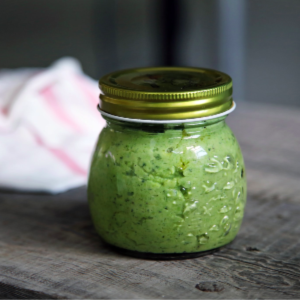
- Switch from zipper bags/plastic food storage bags to silicon bags that can be reused
- Ditch the plastic wrap by covering food with beeswax paper or silicon bowl covers
- Stop tossing single-use coffee pods; use reusable filter pods (buy this pack of 4, so you aren’t constantly washing the same one!)
- When it’s time to buy food storage containers, choose glass or metal
- Completely fill up plastic trash bags before tossing them
See the list above about how to reduce plastic when food shopping; most of what’s in your kitchen comes from your own shopping trips!
HOW TO REDUCE PLASTIC WASTE IN THE BATHROOM
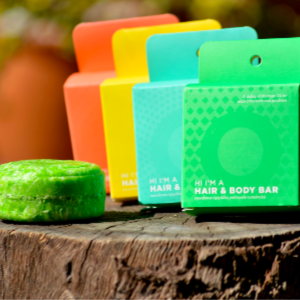
- Use bar soap instead of liquid shower gel (there are tons of natural, moisture-rich body bars out there)
- Switch to plastic-free floss container or eco-friendly flossers
- Find hair products that come in plastic-free packing
- Shampoo bars & conditioner bars
- Refillable shampoo in metal bottles
- Refill cleaning products and toiletries at a local refill store (search online to see what’s nearby)
- Avoid toilet paper rolls or packs of tissues wrapped in plastic (if you must buy them, be sure to recycle the plastic properly – it’s not accepted in most curbside programs/bins)
- Switch to non-plastic tampon applicators or a reusable silicone menstrual cup
- Buy a metal razor instead of plastic disposable razors
- Use cotton washcloths or natural sponges instead of plastic loofahs
- Switch to non-plastic cotton swabs (the stick is often plastic)
RELATED: How to Switch From Plastic Without Going Crazy
